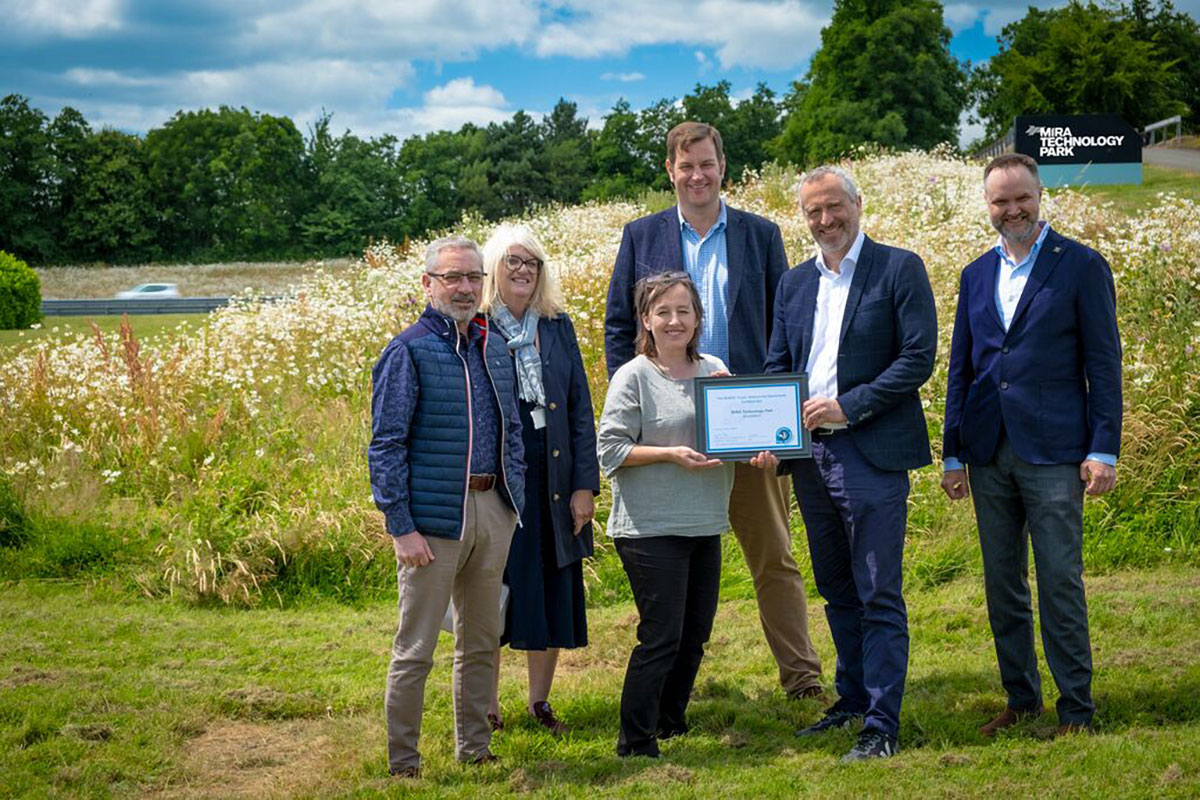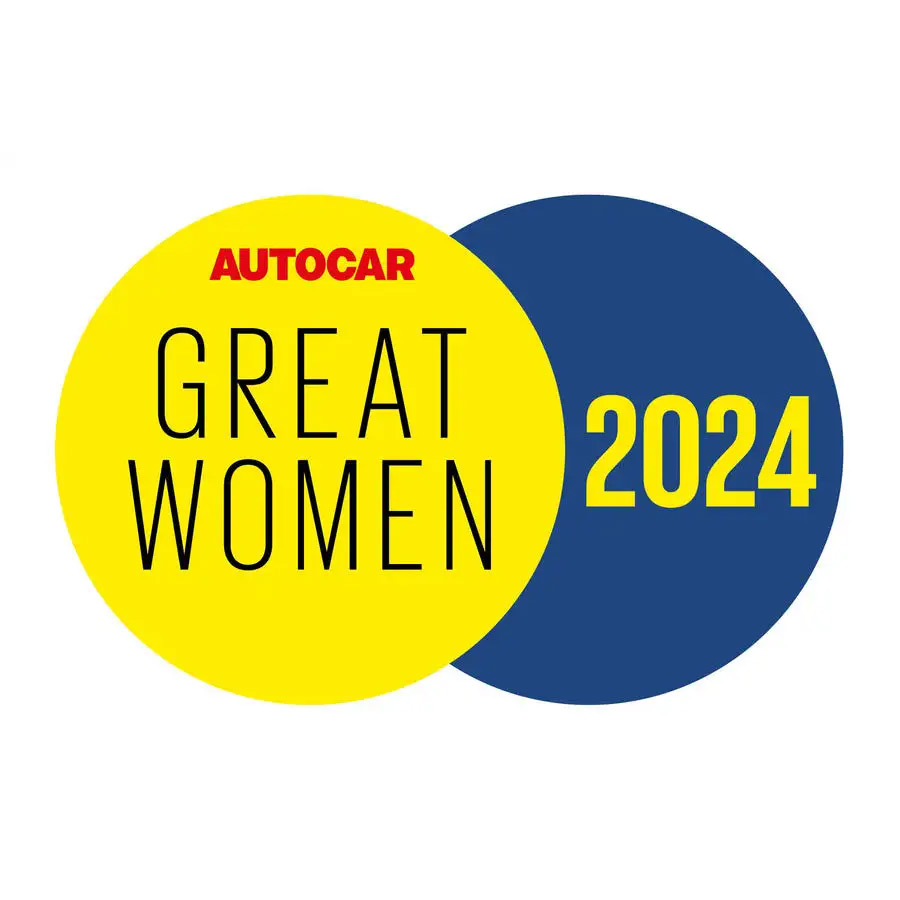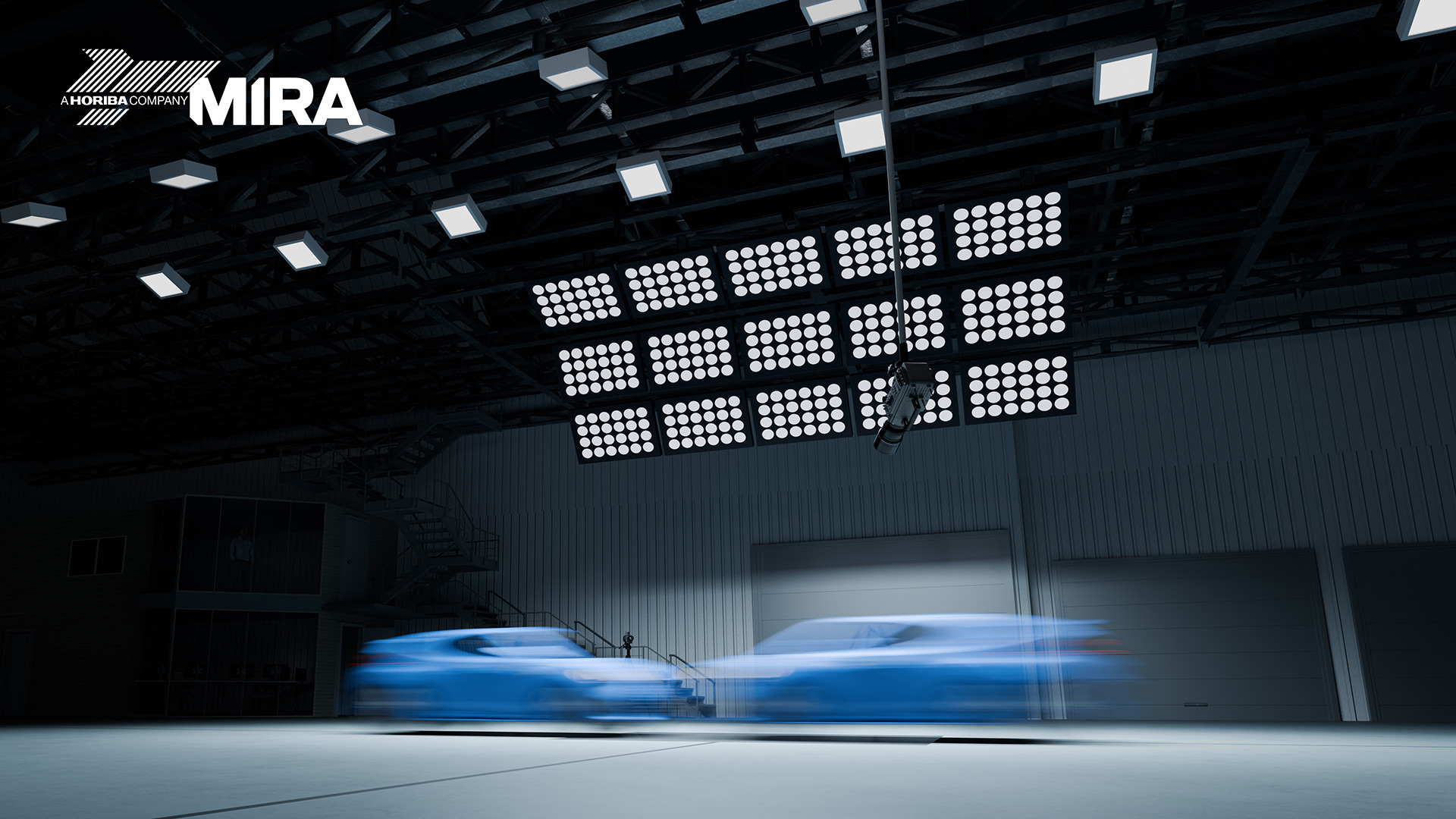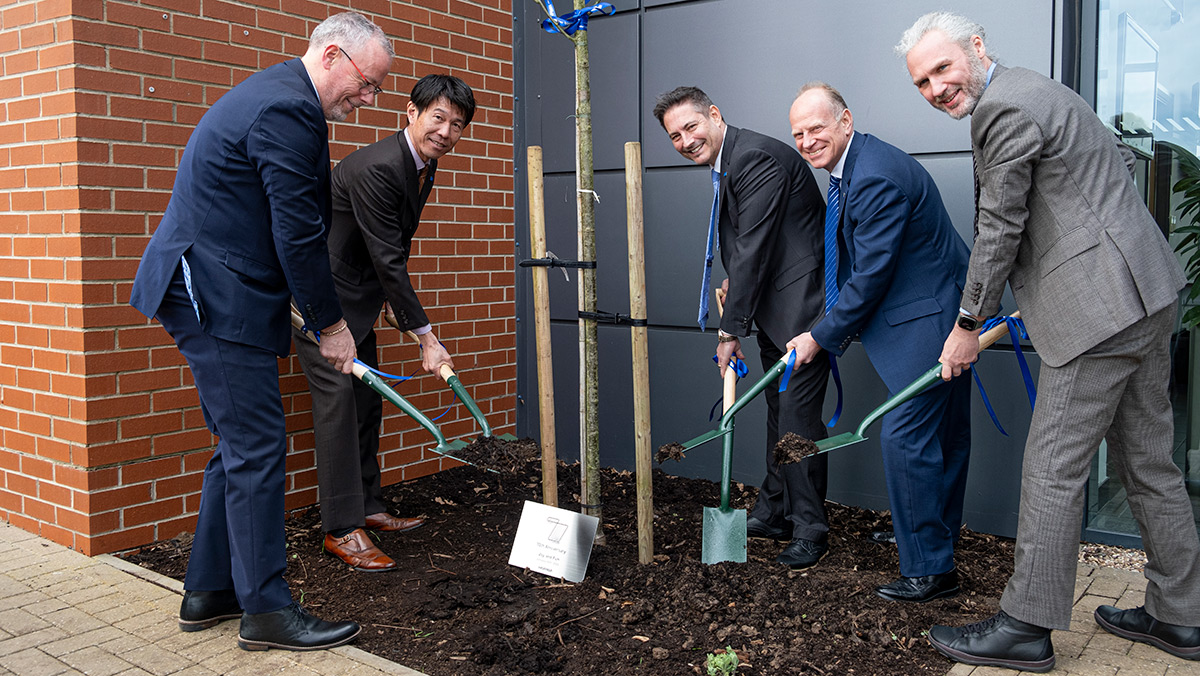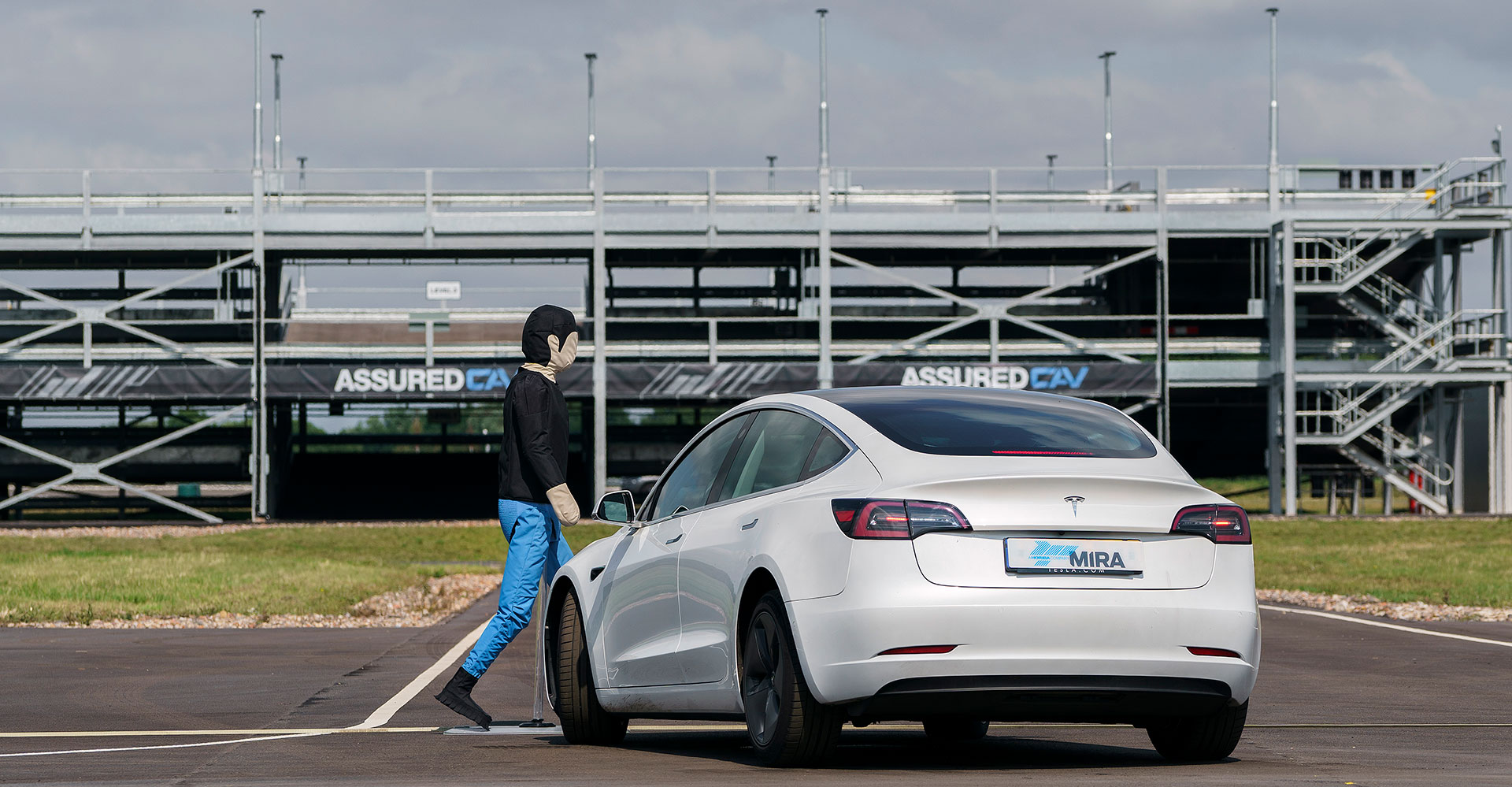From Re-engineering to Electrification, Dr. George Gillespie Explores the Top Trends Driving Today’s Automotive Market
With the automotive industry facing a technological revolution, this year’s Society of Motor Manufacturers & Traders (SMMT) International Automotive Summit will focus on how the key areas of transformation are affecting the industry.

From re-engineering to electrification, Dr. George Gillespie OBE – Executive Vice President of HORIBA Automotive Test Systems, Executive Chairman for HORIBA MIRA and SMMT President – explores the top trends driving the global automotive industry in 2019, ahead of the biggest event in the UK’s automotive industry calendar.
Re-engineering
While the automotive industry recognised the need for emissions testing regimes that more closely mimic how vehicles are actually used on our roads, the new regulations that include a much wider operating window during the test has created a huge increase in development workload for vehicle manufacturers as they recalibrate existing models to meet both these new regulations and future reductions inCO2 limits.
Couple this increased workload with the introduction of new electrification and driver assistance technologies, and we are seeing unprecedented pressure on OEMs to maintain the sales of existing vehicles while investing in the next generation of vehicles. This is driving the strong trend for large scale collaborations on technology and vehicle platforms between what have been traditionally very competitive organisations – something we will see more of in the future.
Electrification
We are seeing rapid electrification across the majority of new vehicle models – including hybrid, battery electric and even a small number of fuel cell vehicles. This has a secondary impact on the European automotive sector in that the shift from classic powertrain technology to electrified drivelines and batteries is potentially moving a significant portion of the manufacturing value chain away from Europe to China. To retain this value the UK needs to identify its global capabilities in this area and strategically invest to ensure our long term competitiveness,
It is becoming clearer that fuel cell vehicles will play some part in future powertrains reinforcing the need for investment in refuelling infrastructures for all types of new generation vehicles. This is a challenge for both industry and national governments.
In the medium term there will also be a need to adjust government tax systems to account for dropping tax income from conventional fuels; something that is currently worth billions of pounds.
The decline of diesel
The market share for diesel engines in passenger cars has dropped significantly over the past 2 years due to a combination of changing public perception and government regulation. This has had a real impact on manufacturers who are heavily reliant on diesel as a primary engine and who are now having to rapidly adapt their powertrain offerings. We are also seeing this reduction in diesel powered vehicles having an impact on average fleet fuel consumption figures which are beginning to increase after many years of continuous improvement. This will again have a major impact on manufacturers as they strive to meet the lower EU CO2 targets in 2021. In the long term the impact of real world emission regulation will be to effectively eliminate diesel engines from small cars and a reversal in the trend for downsized engines.
Connectivity
Ubiquitous connectivity of new vehicles is arguably one of the biggest topics in the automotive industry this year With connectivity comes a host of considerations for the future; enabling Mobility as a Service and managing vehicle cybersecurity to name a few. Cybersecurity in particular has the potential to become a major public issue. Get it wrong, and it will impact brand trust on a global scale. It may also delay the acceptance of more automated vehicles that will rely on connectivity for elements of their functionality.
Driver assistance systems
As we head towards the long term goal of fully autonomous vehicles we are seeing a rapid increase in more automated vehicles with driver assistance systems that seek to improve safety and offer journey support.
With fully autonomous vehicles for all roads and all weather conditions probably several decades away, OEMs are focused on improving safety through deploying ever more complex driver assistance systems, enabled by massive improvements in on-board computing capabilities and enhanced connectivity. Expect brands to increasingly look to differentiate on safety and convenience features for their customers, driving global competition.
Brexit
As we continue to navigate through uncertain political waters there is no denying that Brexit is having an impact in the UK automotive sector, with investment in future manufacturing effectively stalled until Brexit is resolved.
Automotive manufacturing is a highly integrated and distributed process within the EU that crosses multiple country borders, and regardless of the political solution that the UK decides upon, the industry needs frictionless and tariff-free trade, common custom policies, regulatory alignment and the ability to access a skilled workforce across Europe.
The longer the uncertainty continues, the more danger we are in that we will damage in the long term the historical automotive manufacturing base the UK has created.
